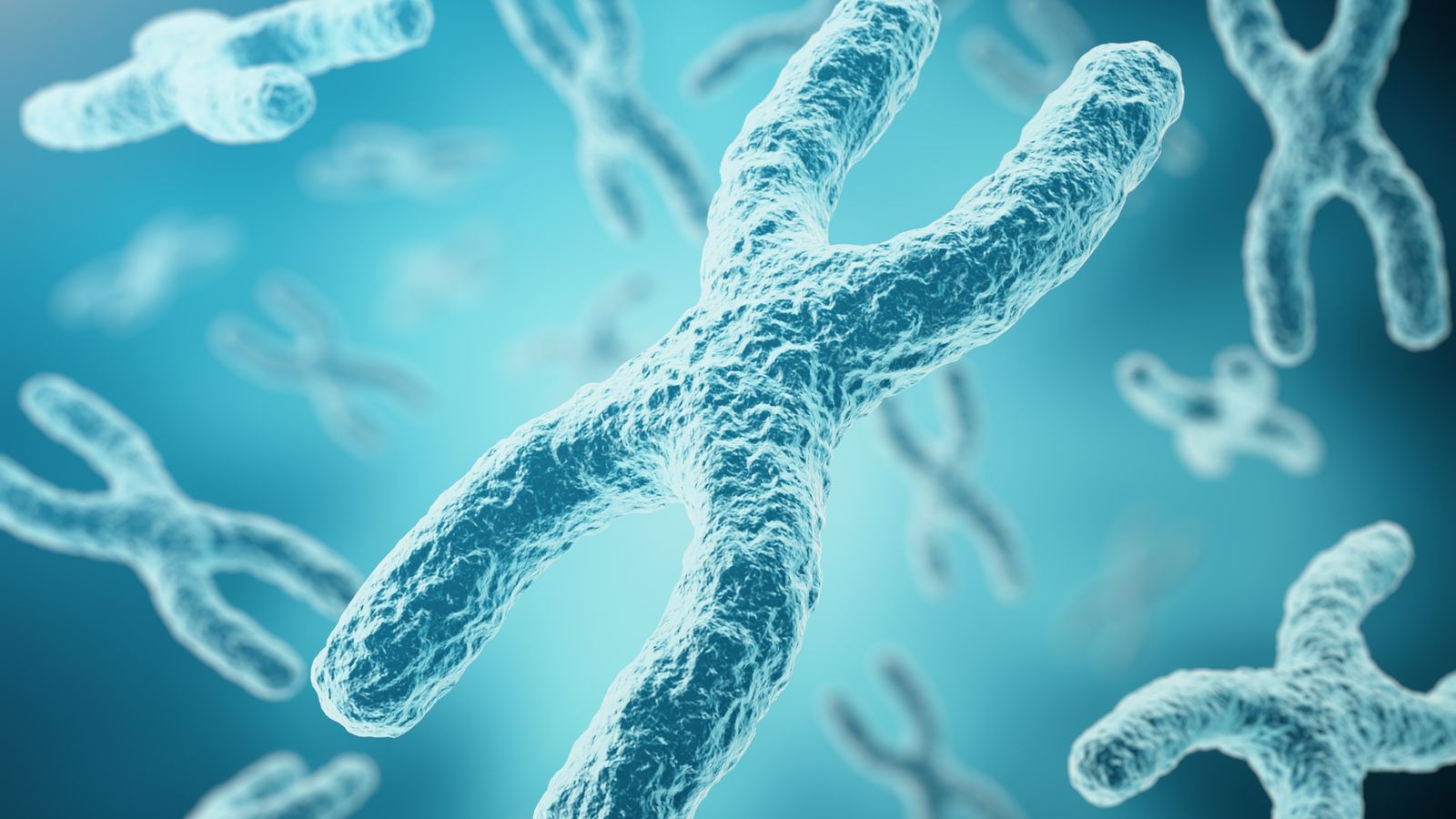
Scientists in the United Kingdom have finally solved one of life’s greatest mysteries: how chromosomes acquire their X shape. Chromosomes, discovered in the late 1800s, are DNA molecules that hold an organism’s genetic material. Before an organism’s cells divide, all chromosomes, without exception, go through or end up with an X shape.
But how they are X-shaped has always been a mystery. While biology students all over the world study how chromosomes acquire their shape during cell division, the precise explanation for their X shape was unknown.
It has been discovered that shugosin, a protein, “locks” the chromosomes into X shapes. Shugosins are evolutionarily conserved proteins with particular functions to protect chromosomal stability during cell division.
A study led by Professor Daniel Panne of the University of Leicester and Dr. Benjamin Rowland of the Netherlands Cancer Institute yielded the life-changing discovery, which has the obvious potential to be included in Biology textbooks worldwide. The findings were published in Nature Structural & Molecular Biology.
According to Dr. Rowland, “a chromosome actually consists of two identical long DNA threads that at first are connected along their entire length.”
“A host of ring-shaped cohesin molecules holds the two threads together. When a cell is about to divide, the cohesin rings open and the arms of the DNA come apart.”
The protein, also known as SGO1, was revealed to lock the cohesin rings that give chromosomes their X form. According to Sky News, Professor Panne stated, “It is exciting to finally understand at a molecular and atomic level how the iconic X shape of chromosomes during cell division is generated.
“This has not only intrigued generations of scientists but is also important for our understanding of how this process can go wrong in disease.”
